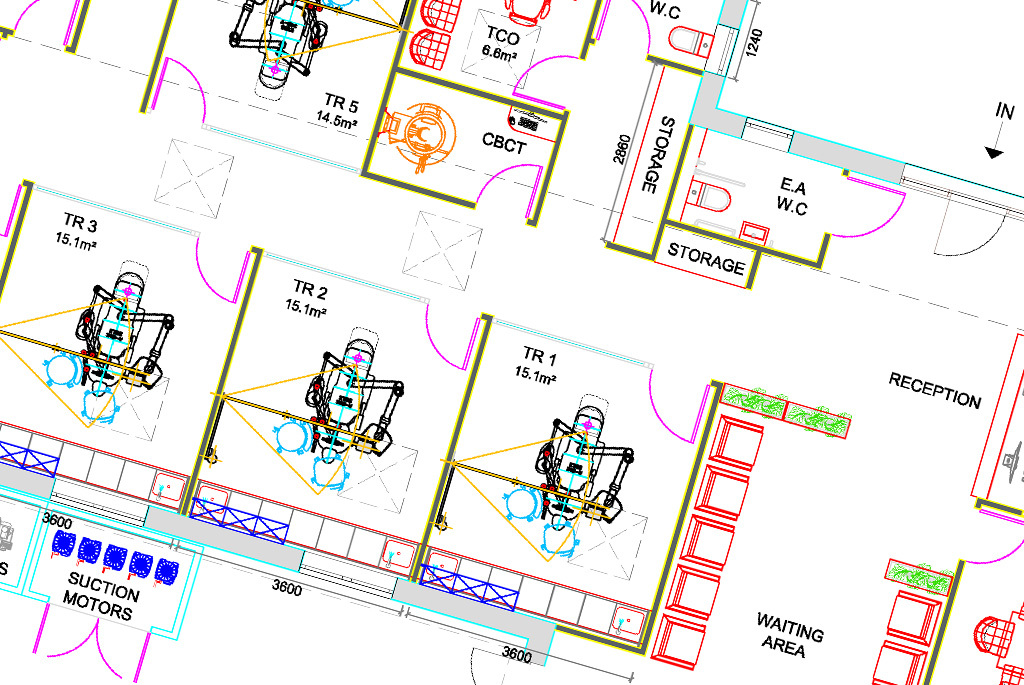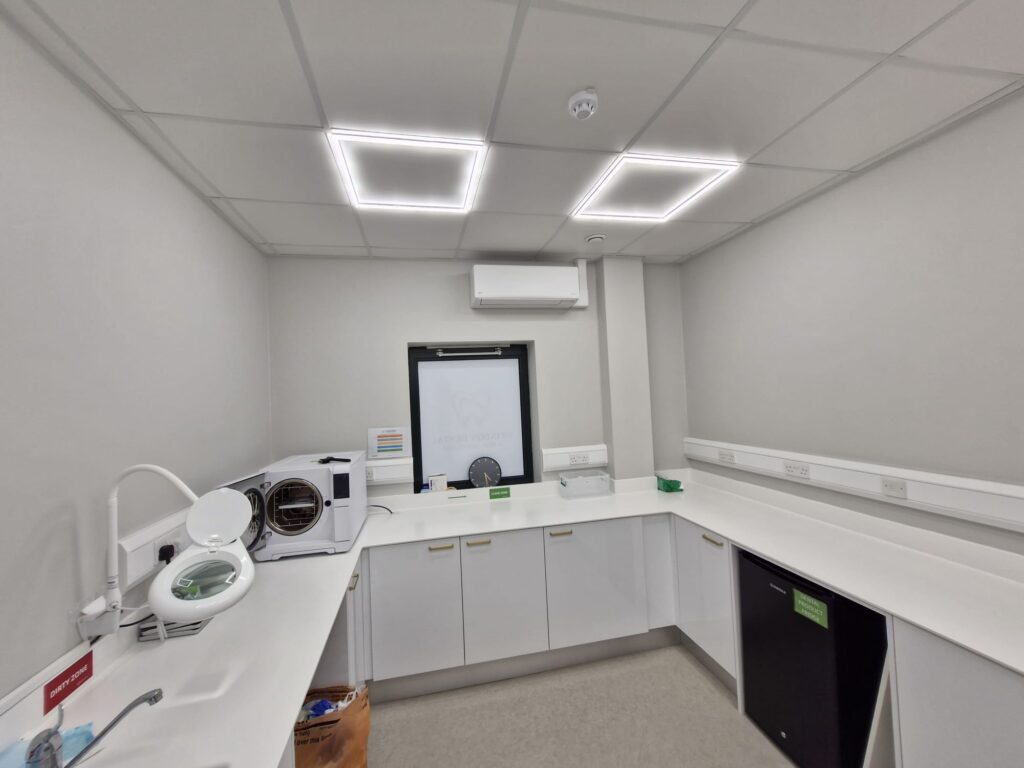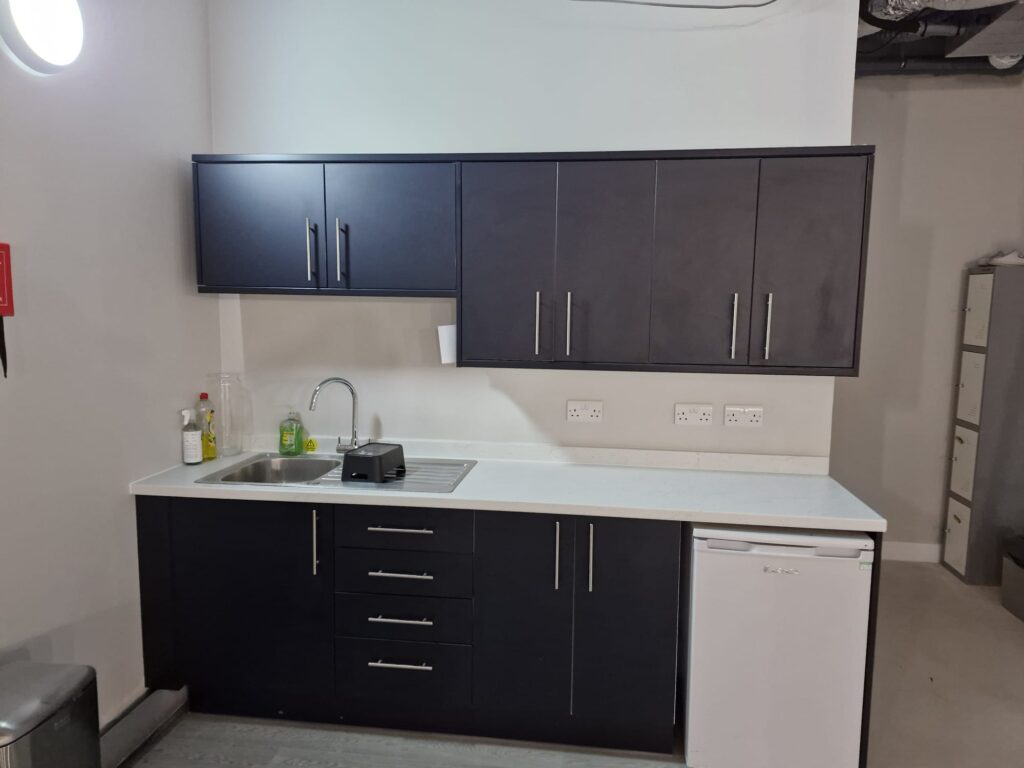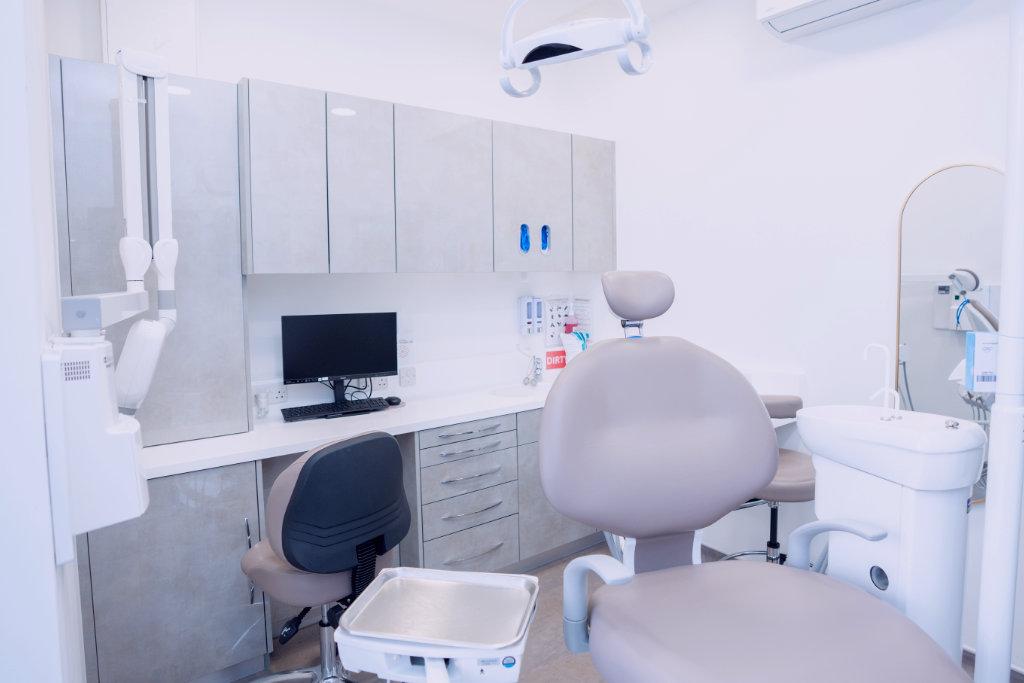Launching a squat dental practice—essentially building a new surgery from the ground up—has become an attractive route for entrepreneurial dentists in the UK. With rising goodwill values for established practices and increased competition, starting afresh provides full creative control. Yet, it brings a unique set of challenges, particularly regarding how to balance immediate needs with long-term ambitions.
Designing for staged growth—the ability to start lean and scale up as your patient base and service offering expand—has become a critical strategy. This approach offers financial flexibility, minimises upfront risk, and positions practices to adapt to future opportunities.
This article explores how to design your squat practice for seamless staged growth, covering key principles, practical tips, and common pitfalls to avoid.
Why Design for Staged Growth?
When setting up a new practice, it can be tempting to “go big or go home.” However, the reality of modern dentistry—particularly in a competitive, post-pandemic landscape—means cash flow and risk management are paramount.
Here’s why staged growth makes sense:
- Lower Initial Capital Outlay: Fitting out one or two surgeries rather than four significantly reduces upfront investment.
- Easier CQC Registration: Starting small streamlines the registration process and inspection.
- Reduced Financial Pressure: Early months often have unpredictable patient flow; a lean operation keeps overheads manageable.
- Flexibility: As your reputation and patient numbers grow, you can reinvest profits to expand, rather than being locked into a large, underutilised space.
Key Principles of Staged Growth Design
1. Master Planning: The Foundation

Start with a comprehensive masterplan for the practice’s ultimate layout—even if you’re only fitting out a portion initially. Work with a dental architect or designer who understands your ambitions and regulatory requirements.
- Futureproof the Floorplan: Lay out the whole site as if all surgeries and ancillary rooms will be fitted out, but designate “phase one” and “future phase” areas.
- Services Infrastructure: Run all plumbing, electrical, and data points to where future surgeries, decontamination rooms, or plant rooms will be, even if these are blanked off for now.
- Access and Flow: Ensure that corridors, doors, and communal spaces (waiting area, reception, WCs) are sized to accommodate future patient and staff numbers.
2. Modular Fit-Out: Building in Flexibility
Think modularly—fit out the spaces you need now, but leave others as “shell and core” (finished walls and flooring, but not fully equipped). For example:
- Start with Two Surgeries: Equip only the number of dental surgeries your business plan justifies initially—often one for the principal, and one for a future associate or hygienist.
- Future Surgeries: Unfitted rooms can serve as storage, office space, or a meeting room until needed. When ready, these can be quickly converted by installing cabinetry, dental chair plumbing, and finishes.
- Plant and Utility Rooms: Size these areas to accommodate extra compressors, suction units, or IT racks that future surgeries will require.
3. Regulatory and Compliance Considerations
Designing for growth does not mean cutting corners on compliance. Future phases must be as compliant as the initial fit-out.
- CQC Requirements: Your masterplan should ensure all eventual surgeries, decontamination rooms, and staff areas will meet Care Quality Commission (CQC) standards.
- HTM 01-05 Compliance: Plan your decontamination and sterilisation workflows with scalability in mind; for example, site the LDU (Local Decontamination Unit) where it can easily expand in future.
- Accessibility: Even if your practice is small at launch, corridors, doorways, and WCs must be DDA-compliant, ready for future patient numbers and staff.

4. Technology and Digital Infrastructure
Technological needs will grow as your practice scales. It is much cheaper and easier to put the “bones” of your IT, networking, and digital imaging systems in place from day one.
- Cabling and Power: Install sufficient electrical, data, and AV cabling throughout, using trunking or underfloor systems, so additional surgeries can be kitted out without major disruption.
- Server and Networking: Site your server room or comms cabinet with enough capacity for future expansion, including Wi-Fi boosters and digital phone systems.
- Imaging: If you plan to add OPG or CBCT equipment in future, allocate floor space, services, and shielding at the outset.
5. Patient and Staff Experience
Scaling up should not compromise the patient journey or staff wellbeing.
- Reception and Waiting Area: Design your reception desk and waiting area for the “future phase” size, even if it feels oversized at first. This prevents the need for disruptive renovations later.
- Staff Areas: Staff rooms, kitchens, and storage should be sized for the maximum headcount you envision.
- Wayfinding: Plan signage and wayfinding as part of your masterplan, ensuring that future rooms can be easily integrated without confusion.

Staged Growth in Action: A Practical Example
Let’s consider a typical three-phase staged growth plan for a high street dental squat practice:
Phase One: Lean Launch
- Fit-out of reception, waiting area, WCs, two surgeries (with space allocated for up to four surgeries in future).
- LDU sized for initial caseload, but in a location suitable for expansion.
- “Future surgeries” are unfitted, perhaps used for storage or as a meeting room.
- All main services (water, waste, electrics, data) run to the “future” rooms but capped off.
- Comms cabinet installed with capacity for more operatories.
Phase Two: Early Growth
- Third surgery fitted out as patient numbers rise.
- LDU upgraded with additional sterilisation capacity.
- Staff room receives more lockers or expanded kitchen facilities.
- Waiting area seating increased.
Phase Three: Full Occupancy
- Fourth surgery fitted out; extra plant room capacity utilised.
- CBCT or OPG installed in previously allocated room, with shielding already in place.
- Storage areas reorganised or moved offsite if necessary.
- Review of patient flow—potential minor works to reception desk or signage.
Cost Management: Spending Wisely for the Long Term
Staged growth isn’t just about delaying costs—it’s about spending money in the right places at the right time.
- Invest Upfront in Services: Running all pipework and cables during the initial build is much cheaper and less disruptive than later retrofitting, even if some sits idle at first.
- Use Modular Furniture and Cabinetry: Mobile units can be relocated as surgeries are brought online.
- Futureproof Flooring and Ceilings: Avoid the need for messy reworks by installing continuous flooring and ceilings across the whole practice, even if parts are unused at first.
- Negotiate with Landlords: Secure lease terms that allow for future expansion, both within your unit and possibly into adjacent spaces.
Pitfalls to Avoid
- Underestimating Future Needs: It is easy to think “I’ll never need four surgeries,” but business growth often outpaces expectations.
- Ignoring Compliance: Regulatory requirements apply to the future layout, not just the launch phase. Skimping here will only cause pain later.
- Poor Documentation: Ensure all as-built drawings, service runs, and specifications are well documented for future contractors.
- Short-Term Savings, Long-Term Pain: Saving a few thousand pounds by omitting extra data cables or plumbing often leads to expensive, disruptive works down the line.
The Human Side: Communicating the Vision
If you’re seeking investment or finance, staged growth provides a credible, low-risk story for lenders and partners. A clear masterplan, with costs, timelines, and patient number projections for each phase demonstrates professionalism and ambition.
Equally, sharing the vision with your team helps with recruitment and retention. Staff want to know there is a growth plan, with opportunities for career progression as the practice expands.
In conclusion, designing a dental squat practice for staged growth is not just good sense—it’s best practice in today’s healthcare environment. By master planning from the outset, investing wisely in infrastructure, and keeping compliance at the heart of your design, you can build a thriving practice that grows alongside your ambition.
Staged growth is about playing the long game: opening with confidence, controlling risk, and scaling up seamlessly as your patient base flourishes. With careful planning, your squat practice will not only survive its early years, but set the stage for long-term success.
At Excel Building Contractors we’ve helped many entrepreneurial dentists establish flourishing dental businesses using the staged growth model.
Get in touch today on 020 8820 0853 or contact us to discuss your dental squat practice project.

